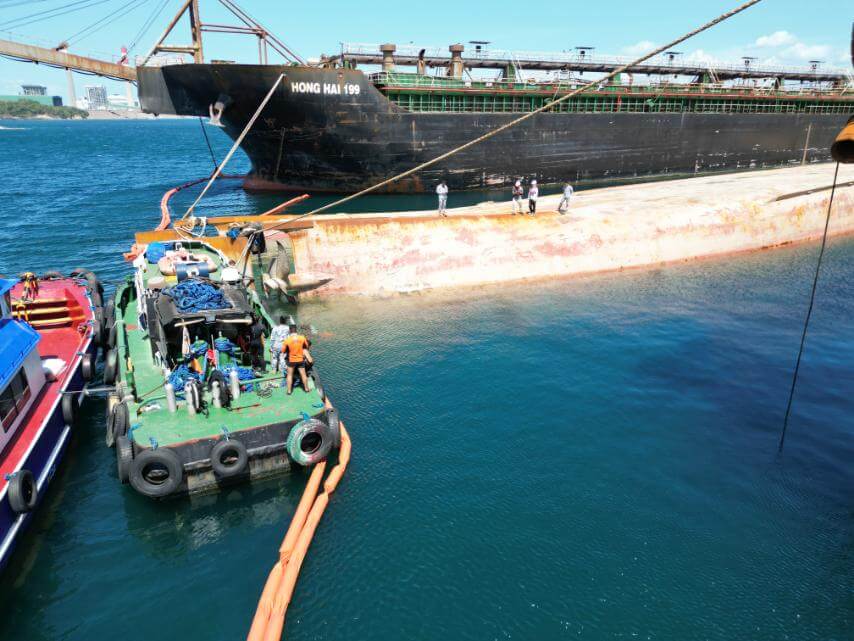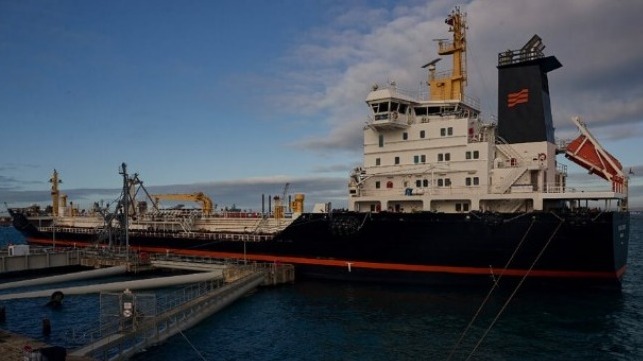Southwest Rural Health Research Center identifies key health challenges of rural America
Mental health, substance use disorders, access to quality health care and economic stability top the list of concerns of rural health stakeholders.
Peer-Reviewed PublicationThe Southwest Rural Health Research Center at the Texas A&M University School of Public Health has published a peer-reviewed paper detailing Healthy People 2030 priorities that will be most critical for rural America in the upcoming decade. These priorities were identified by rural health stakeholders across the United States. This publication comes ahead of the center’s release of Rural Healthy People 2030 — a continuation of a long-standing tradition of the Southwest Rural Health Research Center in which multidisciplinary authors discuss identified priority areas in light of existing scientific evidence and best models for practice.
Researchers asked 1,475 health care professionals, government officials, researchers and others working to improve health and quality of life in rural communities questions about their views on the 62 Healthy People 2030 priorities. Each respondent listed the 10 most crucial goals and priorities for their communities and ranked the three most critical issues in order of importance.
The priority that survey respondents noted most frequently was mental health and mental disorders, with more than 75 percent of respondents including this area in their top 10 list. In second place, included in more than 60 percent of the top 10 lists, was addiction. In contrast, findings from the Rural Healthy People 2020 survey put these two priorities as the fourth and fifth most commonly cited.
“We were thrilled to once again be funded by the Federal Office of Rural Health Policy within the Health Resources and Services Administration (HRSA) to conduct this once-in-a-decade survey. While clinicians, public health practitioners and other stakeholders across the U.S. will be working toward all Healthy People 2030 goals, faced with resource limitations, those working with rural populations will have to implement right-sized and effective programs that will be most impactful in their unique contexts,” said Dr. Alva Ferdinand, director of the Southwest Rural Health Research Center and Interim Director of the Department of Health Policy and Management.
Around one-fifth of respondents listed health care access and quality as the most important priority. This priority was the most frequently cited in top 10 lists in Healthy People 2020, indicating that mental health and addiction may be rising concerns in rural areas, but access to quality health care remains a serious public health issue.
It may be that there are actual increases in mental health disorders and substance use in rural populations. At the same time, problems with access to care may also exacerbate these issues. A lack of mental health and substance abuse practitioners in rural communities, stigma toward treatment and a greater proportion of uninsured people could act as barriers to treatment.
Healthy People 2030 also includes priorities related to social determinants of health. A new priority in this category is economic stability, which featured highly in the survey’s responses. This reflects the ways higher rates of rural poverty may affect access to health care through limited insurance coverage and financial issues such as rural hospital closures.
“With approximately 60 million people living in rural areas that are sparsely populated, have low housing density and are far from urban centers, providers, public health practitioners and other stakeholders have had to find innovative ways to promote and protect the health of rural residents in the places where they live, learn, work and play,” said Ferdinand. “Our work helps to inform rural stakeholders on which population health goals are of particular concern and could use some additional attention and strategizing.”
The survey results shed light on the views of public health professionals and can serve as a starting point for additional research. Further study into the views of urban public health professionals could further highlight differences between these populations. Additionally, studies comparing populations in different parts of the country and those that include the views of residents outside of the public health professions could yield further insights.
The findings of this study point to changes in rural public health priorities over the past several years and highlight the need for renewed and continued efforts toward reducing disparities in health outcomes between rural and urban areas. Findings on mental health and substance use disorders, access to quality health care and economic stability point to areas where practitioners and policy makers can make significant improvements toward improving population health in rural America.
By Rae Lynn Mitchell, Texas A&M University School of Public Health
JOURNAL
Preventive Medicine Reports
ARTICLE TITLE
Rural healthy people 2030: New decade, new challenges







